Puhutaanko auton lisälaitteesta, vaiko ravuista?
Lisälaitteesta. Itse en ole tietoinen että noita on olemassa pyörävehkeille.
Follow along with the video below to see how to install our site as a web app on your home screen.
Note: This feature may not be available in some browsers.
Puhutaanko auton lisälaitteesta, vaiko ravuista?
Varmasti. Ajattelet siis jotain pientä robottiparvea eikä eläviä rapuja?
Robotissa joku maatutkan tapainen ja kun se havaitsee miinan niin räjäyttää itsessään olevan panoksen joka tuhoaa/laukaisee miinan.
Lisälaitteesta. Itse en ole tietoinen että noita on olemassa pyörävehkeille.
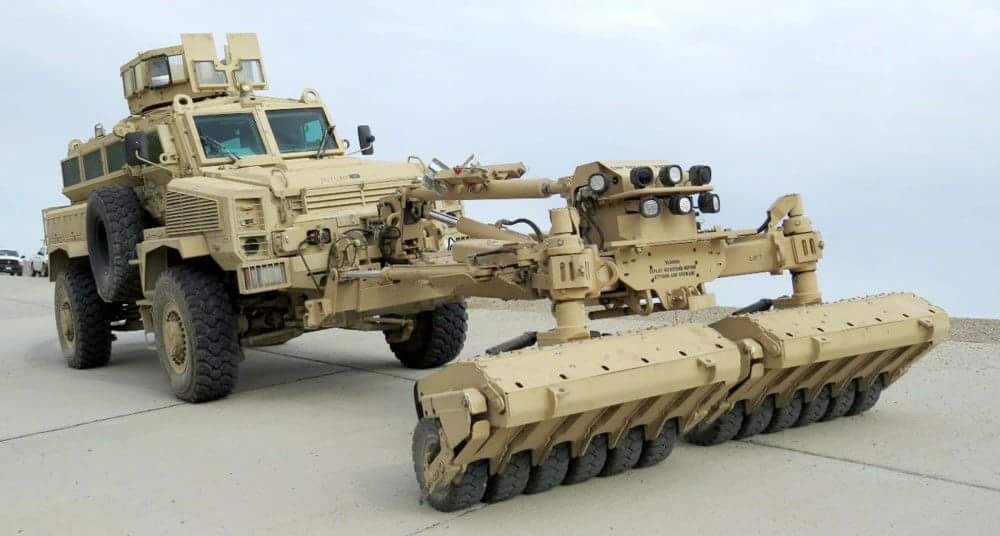
Minä en ymmärrä miten tuo pallo voi ottaa osumaa norsukivääristä ilman läpäisyä. Sarjatuli sama asia. Kaikki mitä Matt heittää arsenaalistaan tuohon ei saa aikaan läpäisyä. Miksi?

As reported by Military Leak, the Russian army tested for the first time a new tactic of using in tandem the ISDM remote minelaying engineering system and mobile groups of heavy flamethrowers TOS-1A in the main phase of the joint strategic exercise Zapad-2021 at the Mulino proving ground in the Nizhny Novgorod Region.
Two mobile groups of ten heavy flamethrowers TOS-1A Solntsepyok were employed to inflict losses on the advancing forces of a hypothetical enemy. A combination of explosions of uncontrolled unguided missiles with thermobaric warheads and a minefield planted by the ISDM remote-controlled minelaying engineering system Zemledeliye created a high-temperature fire-field and a zone of high pressure in the way of advancing enemy forces.
The ISDM is a remote-mining engineering system that was unveiled in June 2020 during the Victory Parade. The vehicle is based on a KamAZ 6560 8x8 military truck chassis with a mine launching system mounted at the rear. The system has been developed by Ganichev NPO Splav.
The ISDM fires solid-fuel rockets carrying various types of land mines. The system marks areas with mines on an electronic map and transmits data to higher levels of the command chain. Remote mine-laying has a number of advantages as it features an increased speed of mine laying in complex environments.
According to well-known data, the ISDM combat vehicle is fitted 50-barrel multiple launch rocket system consisting of two blocks with five rows of tube launchers. Each tube can fire one 122-mm rocket equipped with mines of various types. All the firing operations are controlled from inside of the crew cabin using a computerized automatic launching system. The system is supposed to be a mine dispenser working like air-dropped cluster bombs.
The reloading system includes a transport-loading unit, also based on an 8x8 KamAZ chassis.
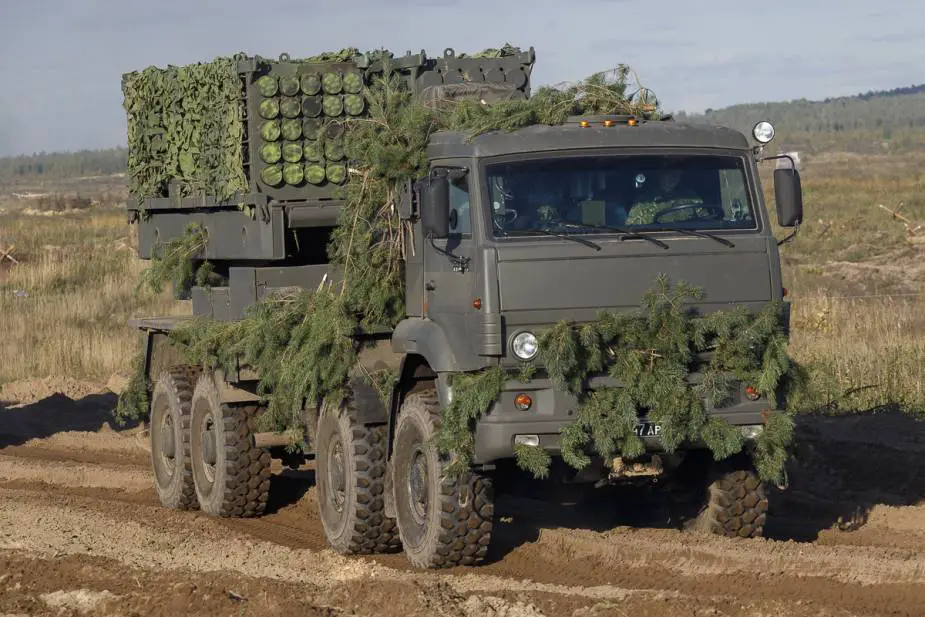


Russian Army deploys new ISDM Zemledeliye mine layer at Zapad-2021 exe
As reported by Military Leak, the Russian army tested for the first time a new tactic of using in tandem the ISDM remote minelaying engineering system andwww.armyrecognition.com

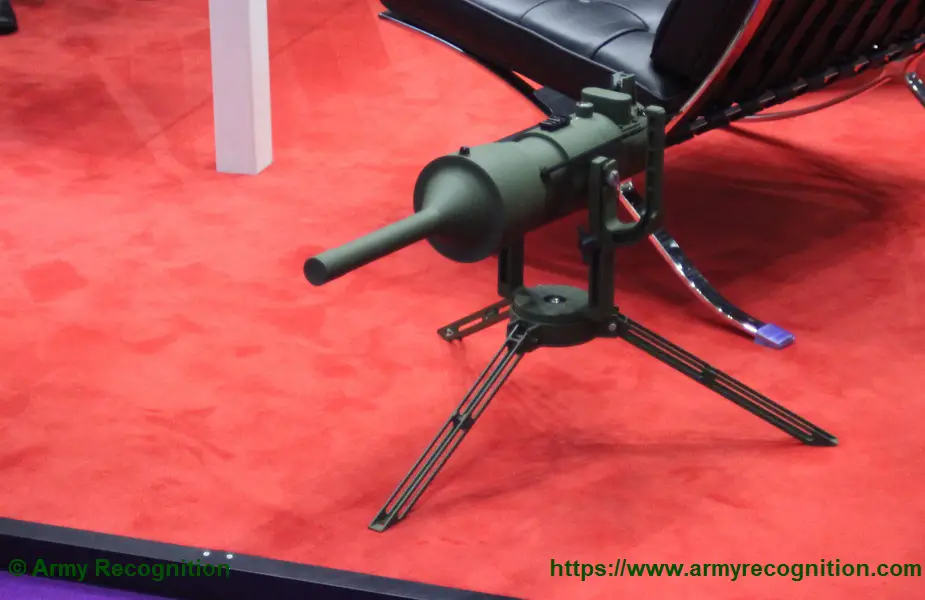
Originally developed and manufactured during the 1990s by TDW for the German Bundeswehr, the Automated Anti-Tank Weapon (AATW) or Panzerabwehr-richtmine (PARM) has been in service with the Bundeswehr for more than 25 years and is today mainly used by the infantry and engineer branch of the German Bundeswehr.
The PARM consists of two main parts: a projectile with a high performance shaped charge, and a rear element with an arm and fuzing device, which are kept together by a barrel with a tripod. The PARM provides multiple operational advantages in both rural and urban terrain.
Equipped with a tripod, the PARM is well suited for use in rapidly changing environments. It can be deployed or retrieved in a matter of minutes. In order to perform this task, only littke training is required for the operator. In comparison to common anti-tank mines, there is no requirement to place it below surface, allowing to be used on hard ground like asphalt or pavement. Therefore, making it ideal for urban warfare.
It is suited for both protective and tactical use and allows to dirsupt, fix or turn the movement of opposing forces. It can be deployed as stand-alone anti-tank weapon or in conjunction with mines of the same or other types. Due to its flexibilty, it is in particular effective complementary to conventional anti-tank mines.
Since the PARM contains a projectile with a shaped charge, it is effective at distances up to 40 meters. At the same time, it offers maximum safety for the soldiers deploying or retrieving it. It is triggered by a fibre optical cable, wich allows the PARM to operate fro covert positions. Therefore, both the sensor and effector of the PARM are difficult to detect.
The PARM is easily aimed and directed by an open sight on the top of the rear element. Ideally deployed in a 90 degree angle to the expected movement of the target, a fibre optical sensor detects the target. Sensor electronics ignite the ejection unit of the projectile, which is equipped with a shaped charge and an impact sensor, which initiates the charge. Up to a range of 40 metres, the shaped charge perforates conventional armour and ERA to a considerable extent. A specific timed electric discharge device ensures that the PARM is compliant to International Humanitarian Law. The safe handling is ensured by a highly sophisticated electro-mechanical safe and arm device, which allows the deactivation and reactivation for later use.
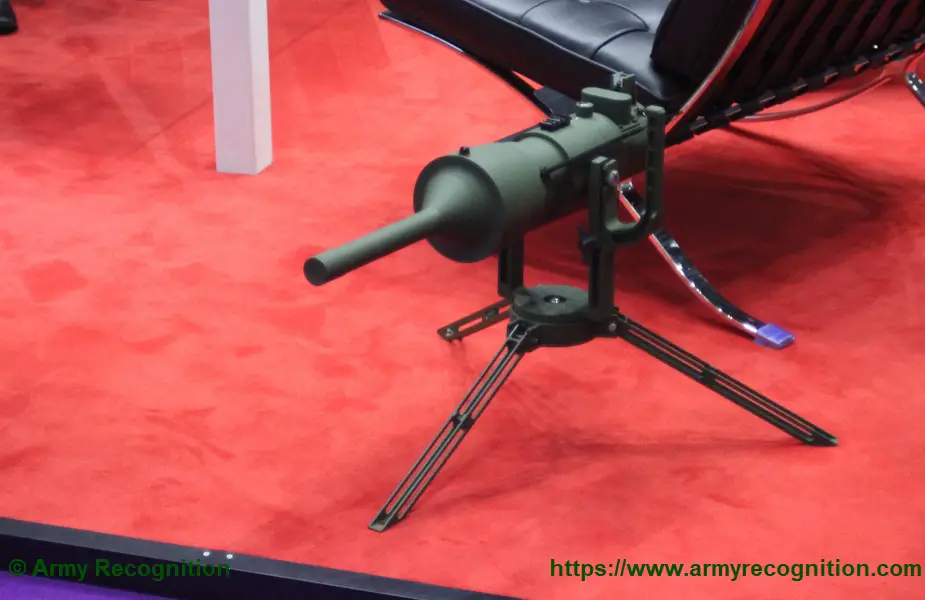
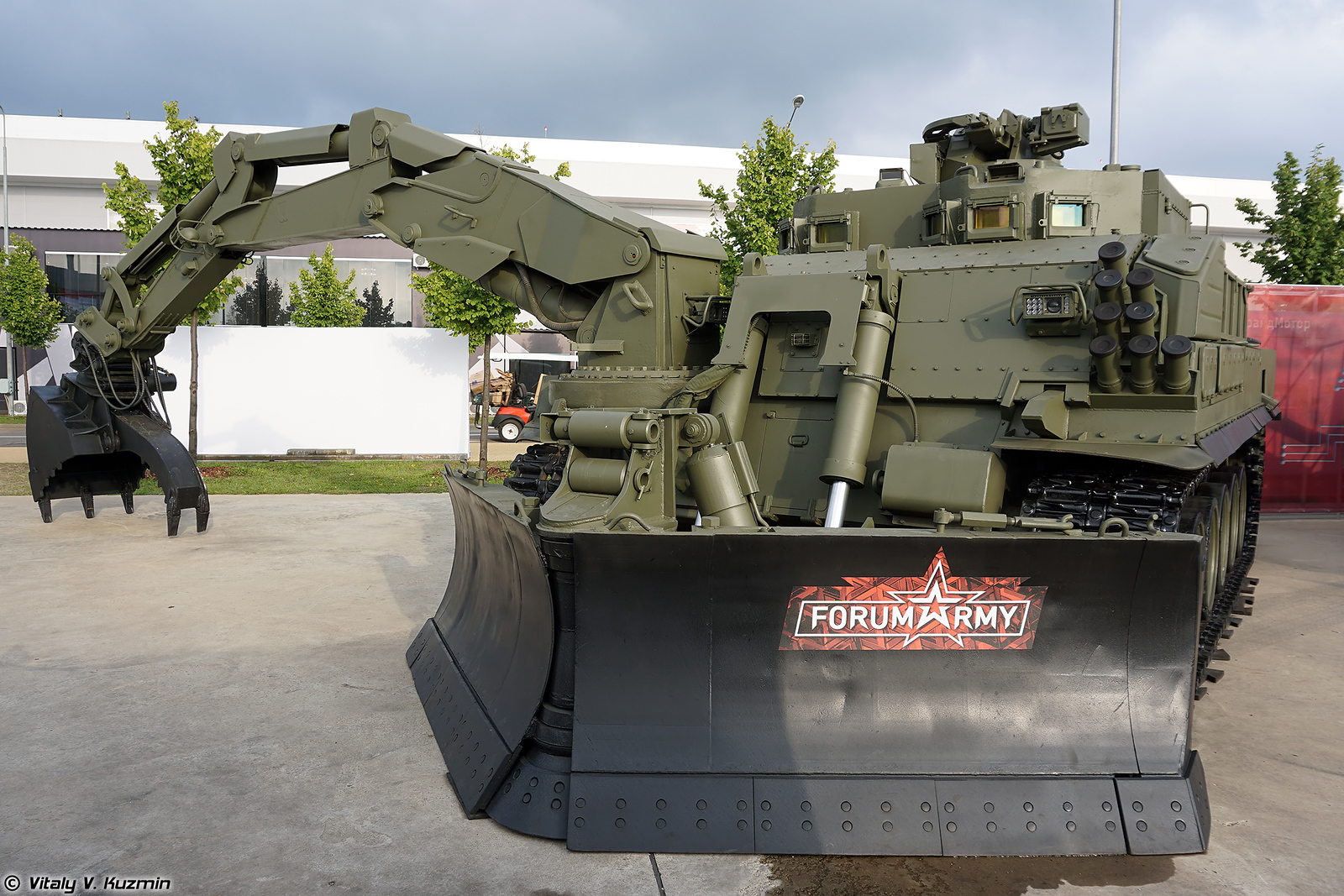
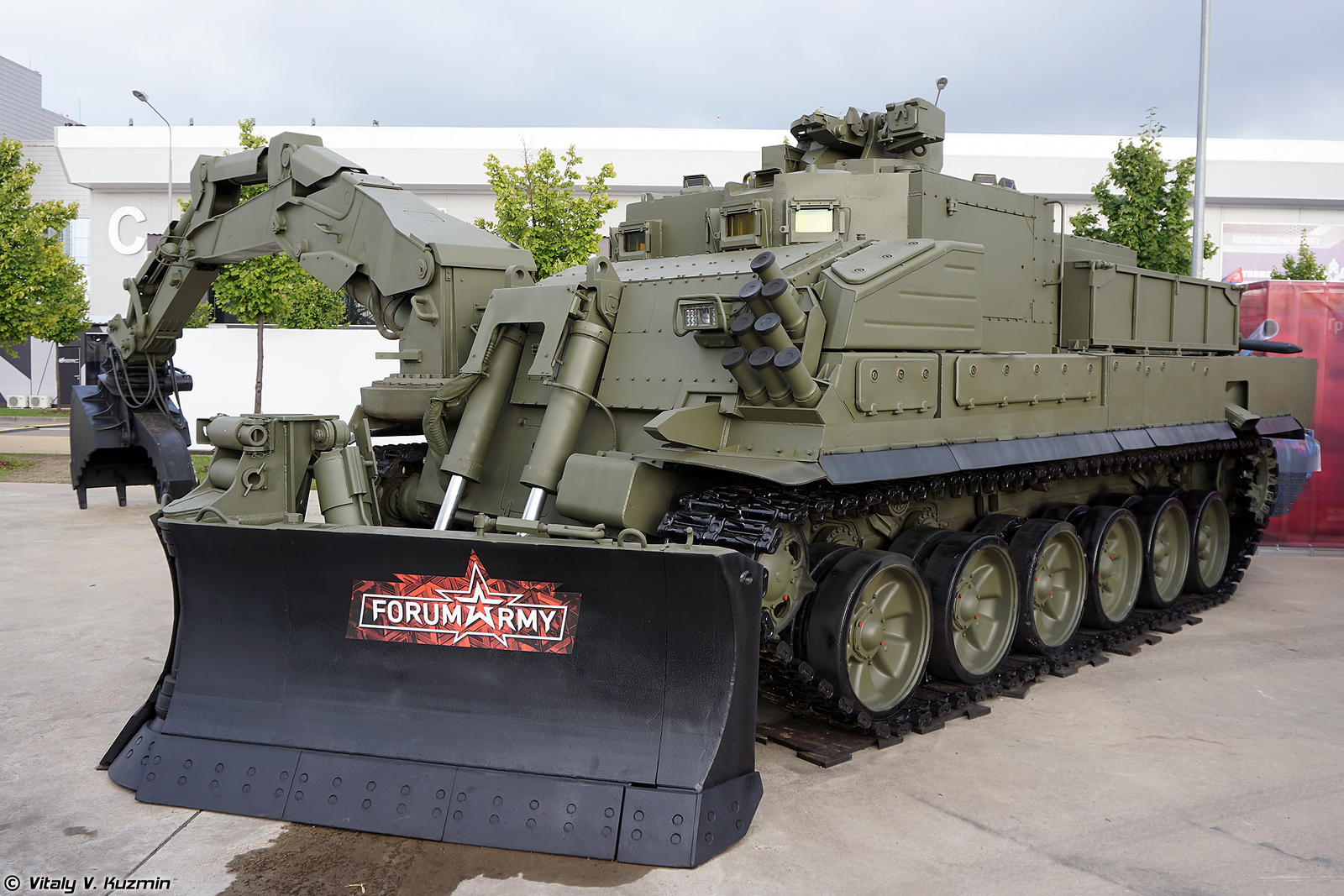
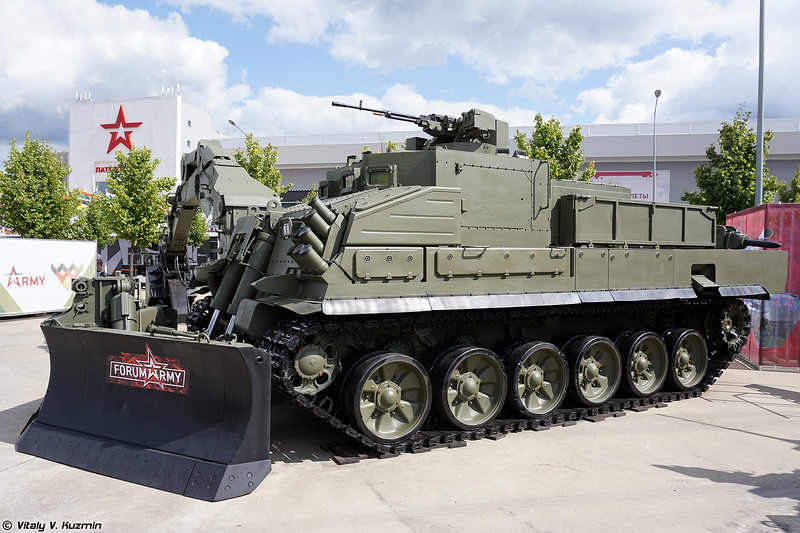
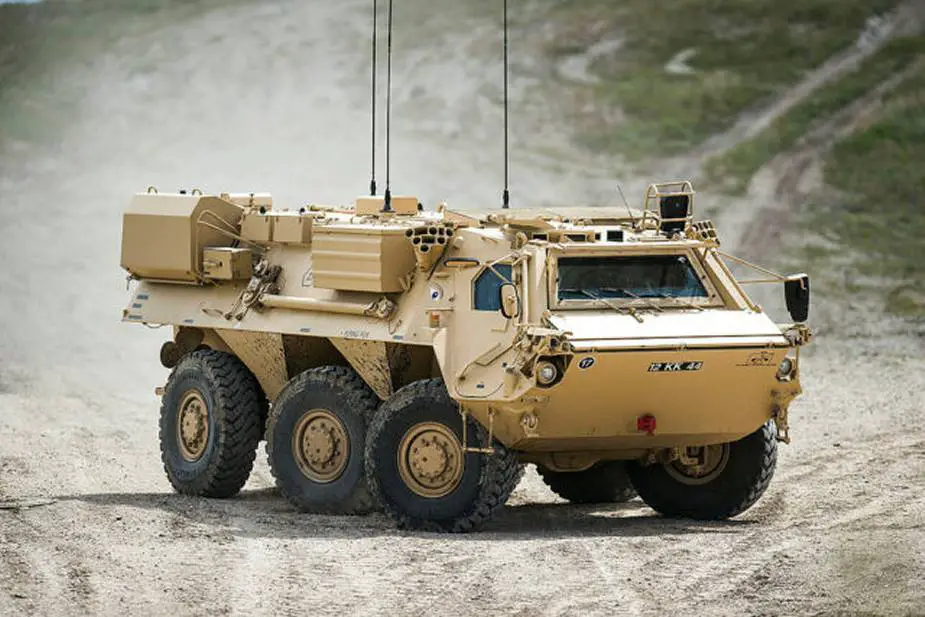
Supacat announced on June 7 that it has been awarded a contract by Rheinmetall BAE Systems Land (RBSL) to upgrade chemical and radiological sensing equipment on the British Army’s fleet of ‘Fuchs/Fox’ CBRN (Chemical, Biological, Radiological and Nuclear) surveillance and reconnaissance vehicles.
The vehicles will be modified at Supacat’s facility in Dunkeswell, Devon, over an estimated one-year period. Supacat’s engineers and vehicle technicians will complete the integration work, meaning the contract will help sustain valuable jobs and skills for the UK and the company.
The contract is part of the overall £16m UK MOD contract awarded to RBSL is October 2020 to upgrade and sustain the British Army’s fleet of Fuchs/Fox vehicles. RBSL is completing the engineering work required to upgrade the vehicles with the latest generation of sensing capabilities, with Supacat conducting the physical integration work.
Originally designed and developed by Rheinmetall, the British Army’s Fuchs/Fox vehicles have since been adapted into a protected platform equipped with automatic systems and sensors for detecting nuclear radiation, CBRN agents and other toxic substances. This latest contract will help modernise the fleet further and ensure operational readiness and effectiveness of the UK CBRN reconnaissance fleet.
The contract is the latest collaboration opportunity between Supacat and RBSL as Supacat grows its Engineering Services business to support global primes in the UK and Australia where it operates.
